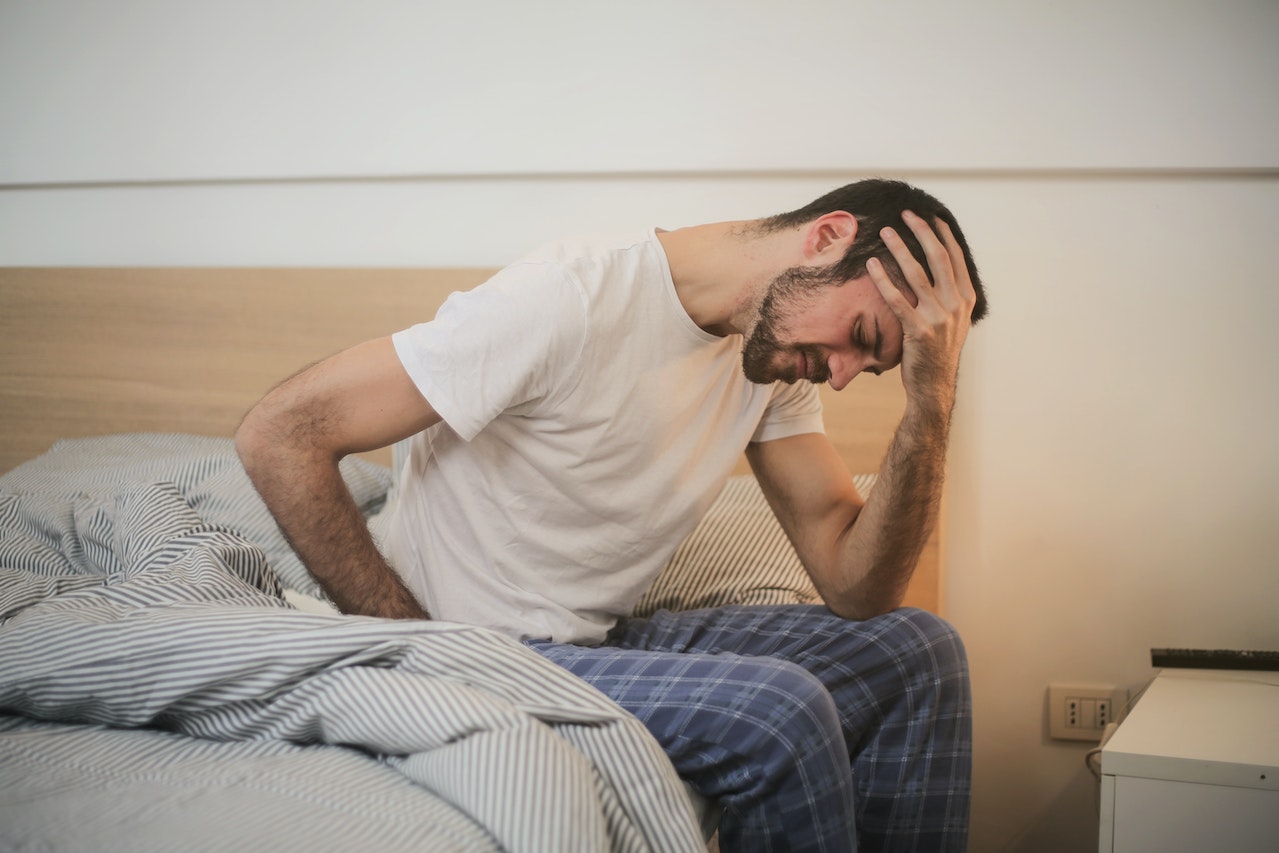Shocking Ways Prolonged Sitting Contributes to Back Pain
Americans spend a considerable amount of time sitting around. The average person does so for 6.5 hours every day! Though we may enjoy the opportunity to lie on the couch for an evening of relaxation, a sedentary lifestyle can lead to pain and stiffness. Prolonged sitting combined with bad posture can result in neck and back pain.
Stop the Sedentary Life
Sitting or reclining can be very relaxing, especially after a long day out. However, our bodies were made to move. After long periods in a single position, the body will ache and stiffen. Even trying to get comfortable can be difficult and uncomfortable.
But getting out of a sedentary lifestyle doesn’t mean running on a treadmill or taking up yoga for an hour a day. The key is just interrupting your sedentary lifestyle, even if it’s just every once.
Even if you’re just walking around the workplace or jogging in the neighborhood, the solutions are generally less about the intensity of your workout as they are breaking from one inactivity pattern into another.
How Prolonged Sitting Leads to Back Pain
It’s easy to believe that being seated means your back is still. But the truth is that the seated position puts a great deal of pressure on your lower spine while distributing weight through your hips and legs to support them instead. The added stress on your lower back while seated can cause you many problems if you don’t adjust your posture.
Prolonged sitting restricts blood flow and activity in your gluteal muscles and calves, making them more prone to aches and cramps when you use them again. Sitting also results in tightness in your hip flexors and increased pressure on your vertebral discs. Maintaining a seated posture for excessive periods increases the strain on your lower back, weakens the supporting musculature, and makes the back more prone to injury.
Prolonged Sitting also Impacts Your Neck
Most people know the official diagram for sitting correctly: shoulders relaxed, arms parallel to the floor, monitor level with your line of vision, feet on the floor with your knees at 90-degree angles.
However, slouching is a common occurrence as the day wears on. Lousy posture can increase the pressure on your cervical spine exponentially. As you recline and the natural curve of your spine becomes irregular, your head is pulled down by gravity, increasing the pressure on your spine. While this additional stress is barely noticeable at first, it’s like wearing a 10-pound weight around your neck.
Resolving Neck and Back Pains
It’s no surprise that prolonged sitting can lead to neck and back pains. Develop the habit of moving regularly, not compartmentalizing a stationary lifestyle before getting all your physical activity in less than an hour of exercise. Though exercise does prevent pain, the pain from prolonged sitting might be another way of telling you that it’s time to get up and move around.
- Make it a habit to drink 2-liters’ worth of water daily. You’ll need to refill your glass or jug often to break prolonged sitting.
- Go straight to an officemate from the same department instead of shooting an email for a quick chat or to clarify something.
- Don’t set your workstation in your bedroom if you’re working from home. Place it in the living room or free space, so you have to move around.
Conclusion
Pain from an old injury or chronic spinal conditions can be significantly worsened by prolonged sitting with poor posture. In these cases, the pain is not always helped by stretching and movement. Therefore, it may be best to seek the advice of a spine specialist who can use a combination of physical therapy and spine management techniques to relieve the pain at the source of the condition and prevent it from returning.
Get help with back pain and other physical ailments at Rhythmic Health! We assist patients in solving their health challenges and leading more fulfilling lives through our online programs on back pain and female hormonal weight gain. Find out more on our website!









